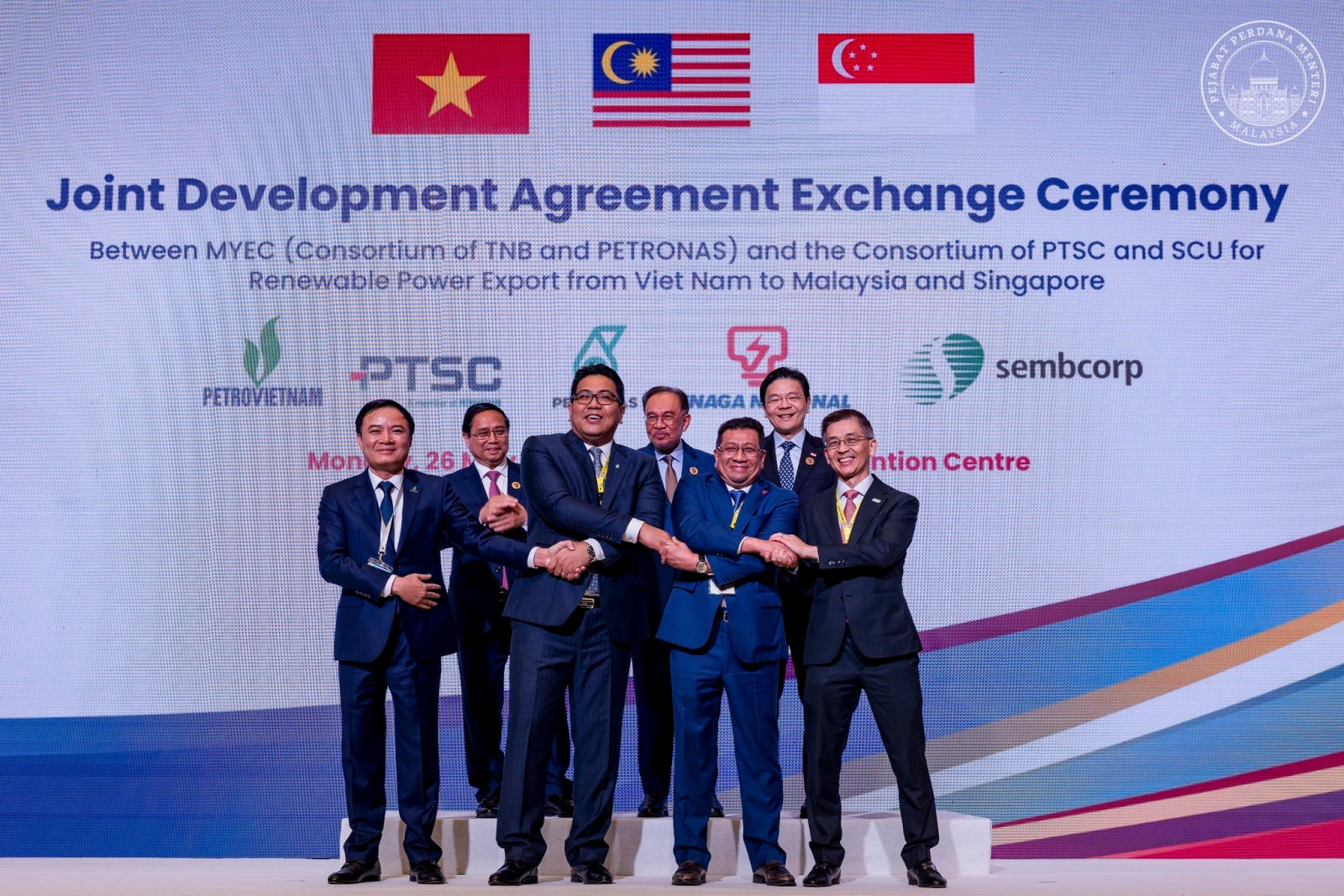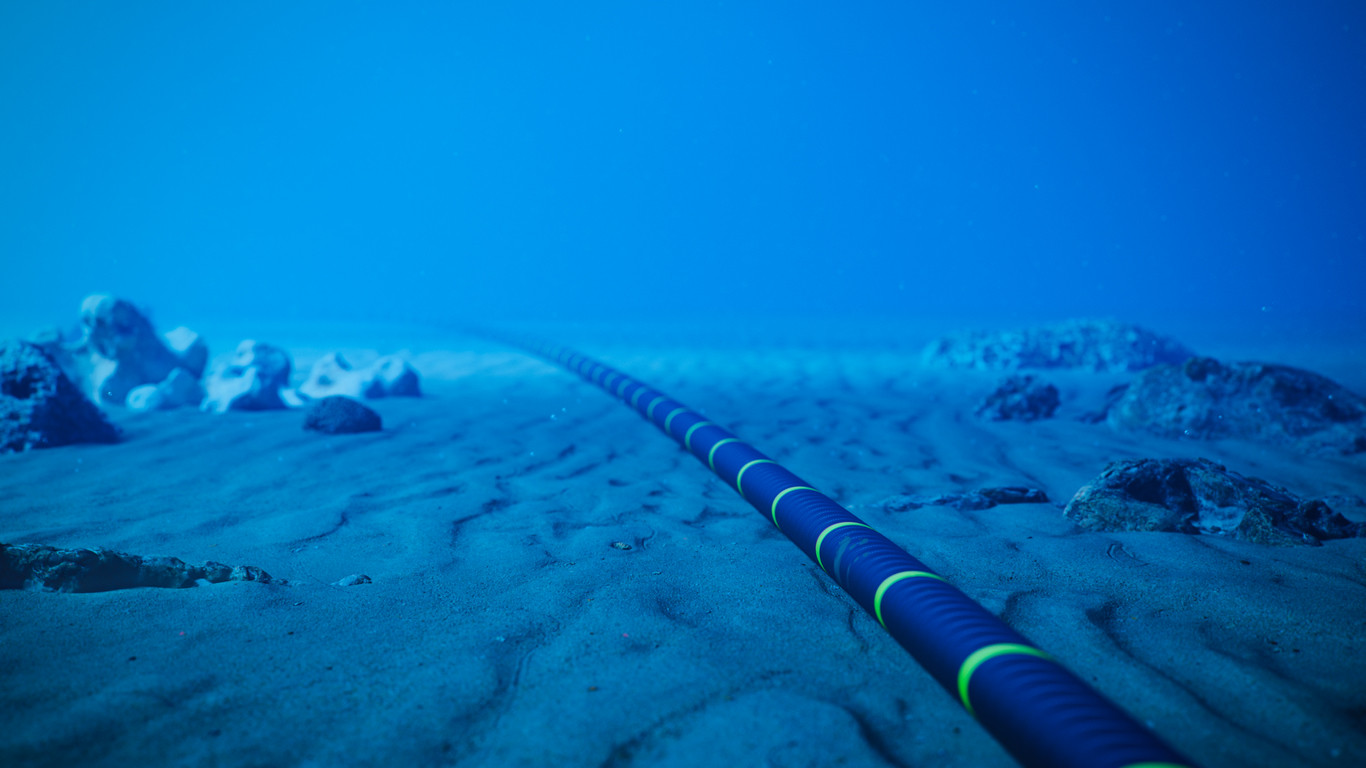
Southeast Asia eyes subsea cable network to power regional green grid. (Photo: Anwar Ibrahim's Facebook)
The standout development in the energy sector at this year’s ASEAN Summit is the progress on multinational power grid collaboration. Representatives from Vietnam, Singapore, and Malaysia have committed to a feasibility study aimed at transporting renewable electricity via subsea cables. This initiative is expected to enhance the ASEAN Power Grid and facilitate regional green energy trading.
Vietnam, Singapore, and Malaysia to expand renewable power transmission
According to the agreement, Vietnam intends to export renewable electricity—primarily from offshore wind—to Malaysia and Singapore. The proposed subsea cable will deliver power to the northeastern coast of Peninsular Malaysia, from where it will be fed into the national grid and transmitted to Singapore.
Lam Choong Wah, Senior lecturer at the University of Malaya’s Institute of International and Strategic Studies, noted that a subsea cable is nearly 1,000 kilometers shorter than routing through Thailand and Cambodia. This makes it more cost-effective and technically feasible.
Malaysia’s Deputy Prime Minister and Minister of Energy Transition and Water Transformation, Fadillah Yusof, has previously pointed out that the interconnection system between Thailand and Malaysia is outdated and increasingly unreliable, with both countries struggling to maintain the aging infrastructure.
This cross-border initiative involves multiple stakeholders. Malaysia is represented by the MY Energy Consortium, a non-incorporated partnership between Tenaga Nasional Berhad (TNB) and Petroliam Nasional Berhad (Petronas).
On the Vietnam-Singapore side, the agreement is backed by a joint alliance between Sembcorp Utilities (a subsidiary of Sembcorp Industries) and PTSC (Petrovietnam Technical Services Corporation, under the Petrovietnam group).

Vietnam, Singapore, and Malaysia plan to transmit renewable energy via undersea cables (Image: iStock)
Costs and technology of subsea cables still unclear
Sembcorp and PTSC signed a Letter of Intent in 2023 to begin importing 1.2 GW of renewable electricity from Vietnam starting in 2033. Fadillah Yusof confirmed that the subsea cable will be built by TNB and Petronas, with electricity destined for both Singapore and Malaysia.
However, the question of who will bear the cost of the cable remains unresolved. TNB President and CEO Megat Jalaluddin Megat Hassan stated that cost discussions are premature. The ongoing feasibility study will determine the project’s scale. He expects more definitive updates to emerge at the ASEAN Ministers on Energy Meeting in October.
To help attract further investment in the ASEAN grid, a new agreement titled the ASEAN Power Grid Finance Facility Framework is expected to be finalized by October. The framework aims to accelerate development in subsea transmission, grid upgrades, and cross-border renewable energy integration. It is viewed as an enhancement of the existing Memorandum of Understanding on the ASEAN Power Grid.
Source: The Straits Times, Sembcorp, Bernama(1), (2)
.jpg)




